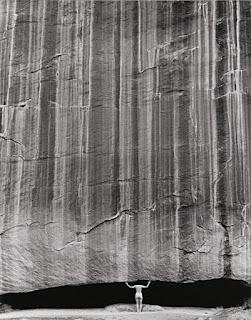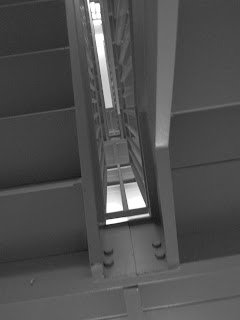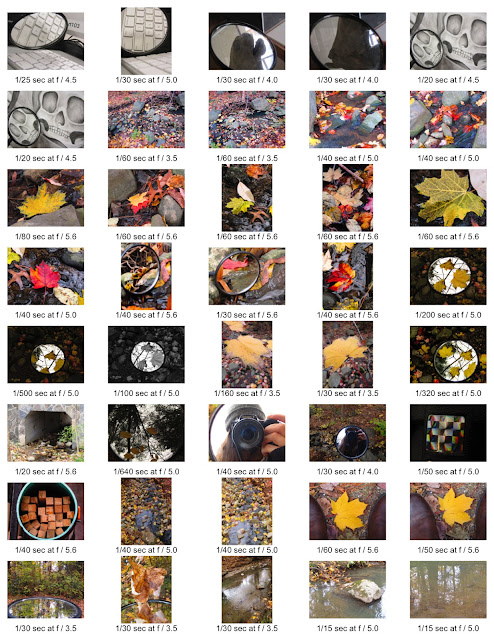Emulation-Bob Kolbrener
About Bob Kolbrener:
Bob Kolbrener was born in St. Louis, Missouri in 1942 and attended Washington University in 1963. His passion for fine art black and white photography began in 1968 when he "innocently" wandered into The Ansel Adams Gallery in Yosemite National Park. Kolbrener was captivated by Ansel Adam's work and has since been fascinated with photography. The next spring, 1969, he was again in Yosemite. This time he was a student at Ansel’s workshop. During the next eight years, he attended another Ansel Adams workshop in Yosemite, as well as his workshop in Carmel, California. In 1974, he was hired by the Ansel Adams Gallery for a summer of teaching photography in Yosemite. In 1977 Ansel invited him to join him as an instructor. During this same time, Kolbrener and his wife established a commercial photography business in St. Louis, Missouri which was structured to give them the “freedom of time” to photograph in the Great American West. They would work for five months and then head out for a month of fine art photography. Living as nomads for two months of the year for over thirty years has resulted in an on-going body of work rich in substance and diversity. In 1996 they gave up on their commercial business and moved to the Carmel Highlands to pursue Kolbrener's personal work on a daily basis. Kolbrener made a commitment to continue in Ansel Adam's tradition of "straight" photography. There is no use of computers or multiple imageries. There is no print or negative enhancement such as bleaching or intensification. All of his photographs are made in the Great American West using 2 ¼” and 8 x 10” cameras. He prints up to 40 x 50” "My goal is to produce prints which truly celebrate those most exciting photographic moments!"-Bob Kolbrener
Project proposal:
Project name: Bob Kolbrener emulation
For my project, I decided to emulate this film photographer who mainly photographs nature and commercial. I will focus on nature photography and will be shooting in different locations that have similar aspects like lighting and texture that Kolbrener looks for. For this project, I will be taking multiple photos and narrow down my selection to my top 10 to 15 for my final. Since Kolbrener uses mainly black and white film for his photography I will keep my digital camera in black and white mode, sticking to Kolbrener's raw photography where no edits are made to the photo. I plan to stick to the forest areas of the UNH campus like college woods and general area. Kolbrener took in the moment nature photography shots so that's what I plan to do where I can as well.
“Celebrating Wildness – by Bob Kolbrener.” Ansel Adams Gallery, Guest Author, 20 Apr. 2017, anseladams.com/celebrating-wildness-bob-kolbrener/.
Kolbrener, Bob. “Artist Statement.” Bob Kolbrener Photography, www.bobkolbrenerphotography.com/artist-statement/.
Morris, M.Patricia. “Living by the Sun: An Interview with Fine Art Photographer Bob Kolbrener.” California State Library Foundation Bulletin, no. 105, Apr. 2013, pp. 2–11.
Richard Pitnick. “Camera Ready; Viewing Bob Kolbrener’s New Exhibit of Photographs Is like Being Struck by Lightning--More than Once.” Monterey County Weekly (CA), 1 June 2000.







Comments
Post a Comment